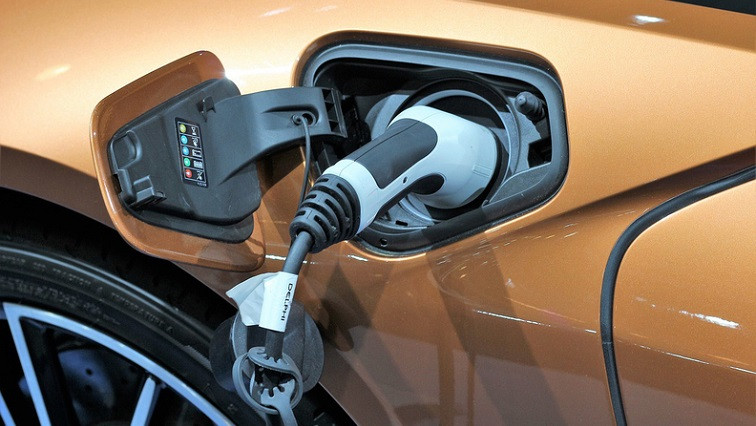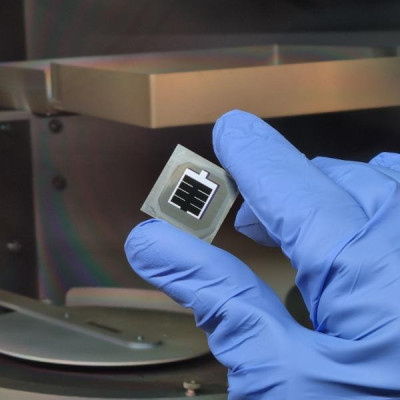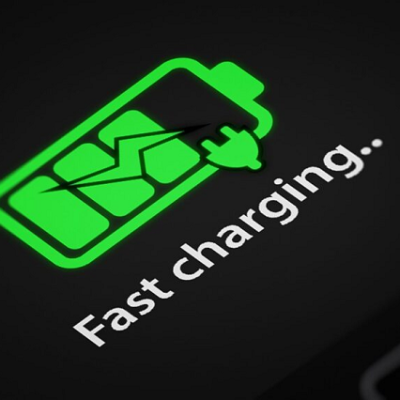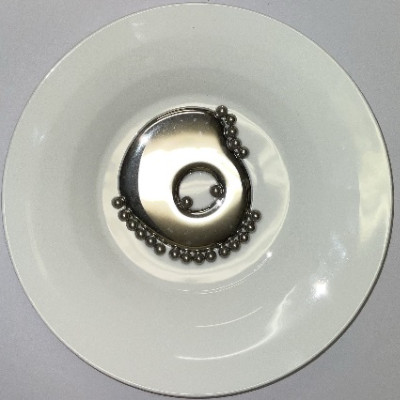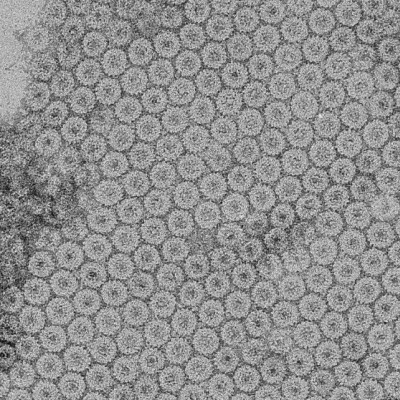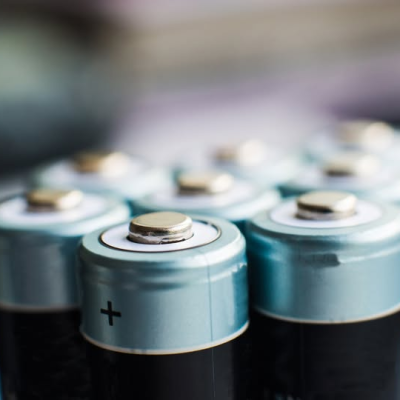CAMs enable secure and resilient supply chains by driving down cost, complexity, energy use and environmental footprint. Nano One has now expanded its intellectual property portfolio with four notices of allowance in Asia.
“These four new patents will extend our portfolio to forty,” said Dr. Stephen Campbell, CTO, “adding value not only for our shareholders but also for our trusted partners, stakeholders and future licensees. Continuous innovation is critical to our strategy and these latest patent issuances showcase the quality and breadth of our technology offering, specifically in Asia where we are nurturing many strategic interests.”
The additional patent protections cover the company’s One-Pot process, single crystal coating, M2CAM Metal to Cathode technology, and high voltage battery electrolyte. Nano One also has another fifty-five plus patents pending, with more to come, in important jurisdictions that include Canada, United States, China, Korea, Taiwan Japan and Europe.
What are the new patents for Nano One?
Japanese application JP 2022-565612 has been allowed, and is specific to the formation of lithium metal oxide cathodes from elemental metal using the Nano One proprietary process.
The ability to utilize elemental metals directly in the production of cathode materials reduces cost, complexity and GHG emissions in the supply chain, while eliminating wastewater, large volumes of harmful sulfate by-products, and the need for intermediate processing in foreign jurisdictions of concern.
Recently allowed TW 110137964 is specific to battery enhancements in Taiwan which are made available by the cathode formed from the proprietary One-Pot process. Owing to the enhanced physical properties of Nano One’s cathode, the electrolyte used in a battery can be simplified and requires fewer additives. This is expected to further extend the battery lifetime.
Chinese patent CN 2019800266858, which will be issued in March, and the recently allowed South Korean Patent KR 10-2020-7030886, extend the established patent estate related to the One-Pot process and specifically the ability to form a cathode material, with protective coating thereon, directly in a single processing step.
This technology is particularly important for manganese-rich, high energy spinels. This family of patents is currently active in the United States, Canada and Japan.
Why are these patents crucial for further development of Nano One?
Patents, trade secret, flowsheets, knowhow, plant design and people are at the core of what Nano One’s partners, shareholders and prospective customers value most. Not only are these intellectual property assets critical to the company’s leadership position, but they have also enabled it to pilot LFP well ahead of others and demonstrate at scales that are relevant to the automotive industry.
When bundled with detailed engineering plans, innovative supply chains, and performance targets, Nano One believes its technology could be widely licensed for a new generation of sustainable and cost-effective cathode production that is cleaner, more easily permitted and securely established in North America, Europe and the Indo-Pacific region.
Dan Blondal, CEO and Founder of Nano One said: “Innovation is an imperative for the energy transition and for a just, secure and equitable future. It will not be good enough to simply copy and paste what has worked up until now – Nano One is committed to changing how the world makes cathode materials because we need solutions that eliminate the wastefulness and inefficiencies that are impeding the path to net zero. It is this dedication to the challenge, that drives innovation, fuels our piloting and galvanizes our people with partners, shareholders, and government stakeholders to execute on our plans and fulfill our ambitions.”
Read the original article on The Armchair Trader.

